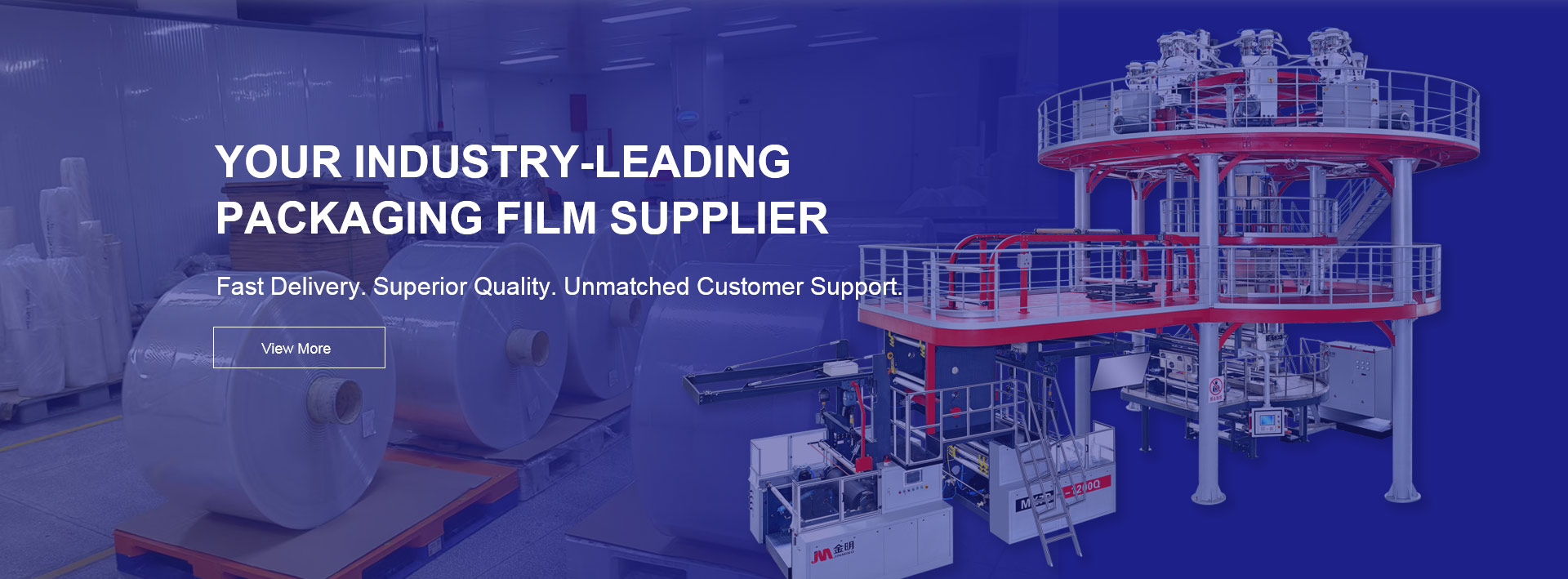
Proper film thickness is essential when packaging frozen meat. The right thickness ensures barrier protection, durability, and long shelf life. Selecting the correct vacuum packaging film not only preserves product quality but also optimizes material cost and production efficiency.
Vacuum packaging film thickness determines its strength, puncture resistance, and ability to block oxygen and moisture. For frozen meat, maintaining integrity during storage and transportation is critical because extreme low temperatures and sharp edges from bones or ice crystals can damage thin films. Film thickness is usually measured in microns (µm) or mil (1 mil = 25.4 µm). Thicker films generally provide better protection but may reduce flexibility and increase cost. Therefore, balancing performance and efficiency is key.
Different meat types and packaging methods require specific film thicknesses. The table below summarizes typical ranges used in the frozen meat industry.
| Product Type | Recommended Thickness | Typical Structure |
|---|---|---|
| Boneless frozen beef or chicken | 70–90 µm (2.8–3.5 mil) | PA/PE co-extruded film |
| Bone-in frozen meat | 90–120 µm (3.5–4.7 mil) | PA/EVOH/PE multilayer |
| Processed frozen meat (sausages, patties) | 60–80 µm (2.4–3.1 mil) | PA/PE or PET/PE |
| Bulk frozen meat blocks | 120–150 µm (4.7–6.0 mil) | Heavy-duty nylon-based laminate |
These ranges are not arbitrary. For example, bone-in cuts exert localized pressure that can pierce thinner films, while bulk export packaging often requires reinforced laminates for stacking and mechanical handling.
Thicker films offer higher tensile strength and puncture resistance. Laboratory tests show that a 100 µm PA/PE film can withstand up to 25 N of puncture force, compared to 15 N for a 70 µm film. For frozen meat, this strength prevents leakage and contamination.
Film thickness directly impacts the barrier against oxygen transmission rate (OTR) and water vapor transmission rate (WVTR). A 90 µm multilayer film with EVOH typically achieves an OTR < 1 cc/m²/24h, which is ideal for preserving meat color and preventing freezer burn.
During vacuum sealing, thicker films maintain seal strength under thermal stress. A high-quality 100 µm film can achieve seal strengths above 40 N/15 mm, ensuring no air re-entry or delamination during long-term storage.
While thicker films protect better, they can reduce clarity. For retail packaging, co-extruded 70–90 µm nylon films provide the best balance between visibility and protection, showcasing meat freshness while maintaining barrier quality.
Films that are too thick may slow down sealing or require higher temperature settings. Manufacturers often use optimized multilayer co-extrusions that maintain barrier performance without excessive thickness, improving packaging line efficiency.
Film performance depends on both material composition and thickness. The following structures are common for frozen meat vacuum packaging:
PA/PE (Nylon/Polyethylene): Strong puncture resistance and flexibility, suitable for 70–100 µm films.
PA/EVOH/PE: Enhanced oxygen barrier for extended shelf life, ideal for export meat packs above 100 µm.
PET/PE: Excellent printability and surface gloss, used for processed or branded frozen meat packaging.
High-barrier multilayer laminates: For long-term storage exceeding 12 months, often reaching 120–150 µm thickness.
When selecting a vacuum packaging film, consider the following practical scenarios:
Retail frozen meat packs (small cuts): 70–80 µm, good clarity for display.
Food service or wholesale packaging: 100–120 µm, focus on puncture resistance.
Export packaging: 120–150 µm, high mechanical durability and barrier performance.
Automated high-speed sealing lines: 60–70 µm, thin co-extruded film with high flexibility to enhance productivity.
As a trusted manufacturer of vacuum packaging films and bags, JINBORUN provides advanced co-extruded multilayer films tailored for the frozen meat industry. Our films are engineered with precise thickness control, high barrier layers, and consistent sealing performance. With options ranging from 60 µm to 150 µm, JINBORUN helps clients achieve the optimal balance between protection, transparency, and cost efficiency.
For frozen meat, the ideal vacuum packaging film thickness generally ranges between 70 µm and 120 µm, depending on the product type and application. Thicker films enhance protection and shelf life, while thinner ones improve flexibility and efficiency. By selecting the right film thickness and structure, manufacturers ensure safe storage, appealing presentation, and strong customer confidence.
When performance, durability, and hygiene matter most, JINBORUN’s customized vacuum packaging films deliver dependable protection for every frozen meat product.